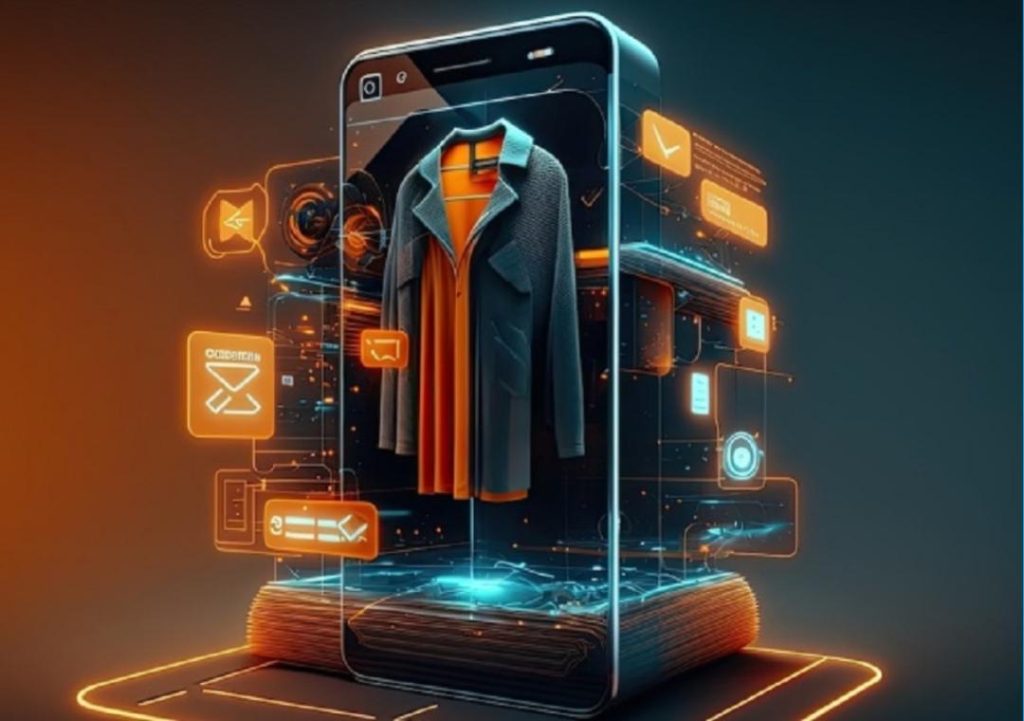
How AI, AR & Automation are redefining online shopping in 2025
The e-commerce landscape has undergone a significant transformation in recent years, driven by the rapid advancements in artificial intelligence (AI), augmented reality (AR), and automation technologies. As we enter 2025, online shopping is poised to become even more personalized, immersive, and seamless, revolutionizing the way consumers interact with online retailers. In this blog post, we’ll explore the key trends and innovations that are redefining online shopping, and what they mean for businesses and consumers alike.
AI-Powered Personalization
One of the most significant developments in online shopping is the widespread adoption of AI-powered personalization. AI chatbots, for instance, have become an essential component of many e-commerce websites, providing customers with instant support and assistance. These chatbots use natural language processing (NLP) to understand customer queries and respond accordingly, creating a more streamlined and efficient shopping experience.
Smart recommendations are another area where AI is making a significant impact. By analyzing customer behavior, purchase history, and preferences, AI algorithms can suggest relevant products, increasing the likelihood of conversion and reducing cart abandonment rates. For example, a customer who frequently buys athletic wear might receive personalized recommendations for new releases or complementary products.
Voice commerce is also gaining traction, with many consumers using voice assistants like Amazon Alexa or Google Assistant to make purchases. This technology enables customers to shop hands-free, making it easier to browse and buy products while on-the-go.
AR Virtual Try-Ons
Augmented reality (AR) is another technology that’s transforming the online shopping experience. AR virtual try-ons allow customers to preview products in a more immersive and interactive way, reducing the need for returns and exchanges. For instance, beauty and fashion brands can use AR to enable customers to try on different makeup looks or clothes virtually, eliminating the need for physical samples.
AR technology can also be used to enhance product demonstrations, providing customers with a more detailed and accurate understanding of a product’s features and benefits. This can be particularly useful for complex products like electronics or machinery, where customers may have questions about how they work or what they can do.
Automation Streamlining Supply Chains and Delivery
Automated logistics and supply chain management are also playing a critical role in redefining online shopping. With the help of automation, online retailers can streamline their operations, reducing delivery times and increasing the accuracy of order fulfillment.
Automated warehouses, for example, use robotics and machine learning to manage inventory, pick and pack orders, and optimize shipping routes. This results in faster and more efficient delivery, as well as reduced costs and carbon emissions.
Seamless User Experience
The combination of AI, AR, and automation is creating a seamless user experience that’s unlike anything we’ve seen before. With the ability to browse, try on, and purchase products with ease, online shopping is becoming increasingly frictionless.
For businesses, this means that they can focus on providing exceptional customer service, building strong relationships with customers, and driving loyalty and retention. By leveraging these technologies, online retailers can differentiate themselves from competitors, improve customer satisfaction, and ultimately drive revenue growth.
The Future of Online Shopping
As we look to the future of online shopping, it’s clear that AI, AR, and automation will continue to play a critical role. In 2025, we can expect to see even more innovative applications of these technologies, driving further changes in the way we shop online.
From AI-powered product recommendations to AR virtual try-ons, and from automated logistics to voice commerce, the possibilities are endless. As online shopping continues to evolve, it’s essential for businesses to stay ahead of the curve, leveraging these technologies to create a seamless and immersive experience that meets the changing needs and expectations of consumers.
Conclusion
In conclusion, the future of online shopping is bright, with AI, AR, and automation driving significant changes in the way we shop online. From personalized product recommendations to AR virtual try-ons, and from automated logistics to voice commerce, these technologies are transforming the online shopping experience.
As online retailers, it’s essential to stay ahead of the curve, leveraging these technologies to create a seamless and immersive experience that meets the changing needs and expectations of consumers. By doing so, businesses can drive revenue growth, improve customer satisfaction, and establish a strong competitive advantage in the market.
Source:
https://www.growthjockey.com/blogs/e-commerce-tech-trends-online-shopping






